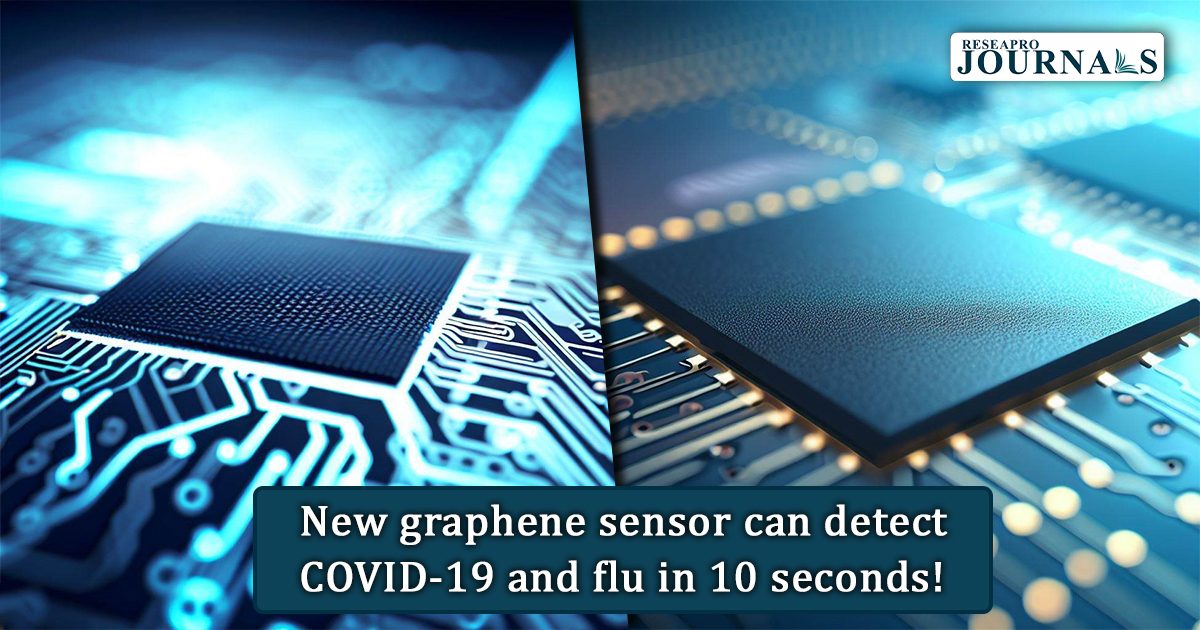A new graphene sensor can detect COVID-19 and flu in 10 seconds and could be used to test for other respiratory infections as well. The sensor is made of graphene, a single layer of carbon atoms that is highly sensitive to the presence of viruses. It works by binding to antibodies that are specific to the COVID-19 and flu viruses. When a sample from an infected person is placed on the sensor, the antibodies bind to the viruses, causing a change in the electrical current. The sensor is much faster and more sensitive than traditional COVID-19 tests, which can take minutes or hours to produce results. It could be used to quickly diagnose respiratory infections in healthcare settings, schools, and other places where people gather. The sensor is still in the early stages of development, but the researchers are working to improve its performance and make it available for widespread use.




